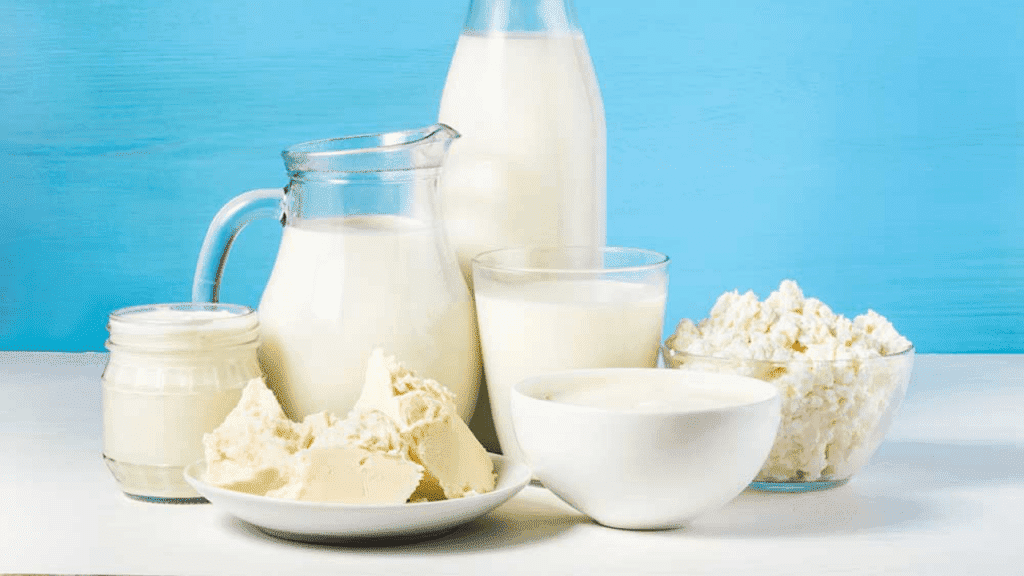Should we cut out dairy products from our diet?
In short, there is no need to unless you have cow’s milk protein allergy. According to the NHS website milk and dairy products can form part of a healthy, balanced diet. Milk, cheese and yogurt provide a range of nutrients which contribute to health including protein, calcium, and potassium. For example, a 200ml glass of semi-skimmed milk provides 35 % of calcium, 44 % of iodine and over 100% of vitamin B12 of an adults recommended daily intake. In young children, the fat in whole milk can provide calories and the essential fat soluble vitamin A.
Milk and milk products contribute to calcium intakes
Milk and milk products also provide a number of other essential nutrients. Calcium is needed for maintenance of normal teeth and bones, and for the normal growth and development of bone in children. The latest NDNS data shows that milk and milk products contribute 63%, 47% and 35% of calcium intakes in children aged 1.5-3 years, 4-10 years and 11-18 years respectively. In older children (11-18 year olds) 15% are consuming below the Lower Nutrient Reference Intake (LNRI) of calcium, which could be cause for concern, given that calcium requirements in this age group are particularly high. You can find out more about dairy health benefits through the life stages.
Lactose and free sugars content in dairy products
The saturated fat and sugar content of dairy products can vary significantly, so consumers are encouraged to look at the nutrition information to make informed choices. Most of us need to cut down on free sugars intakes but the sugars naturally found in milk (lactose) is not considered free sugars. Nutrition labels only give a total sugar value which is the sum of both the free sugars and lactose so knowing the free sugars content in dairy products can be difficult. But consumers can check the ingredients label to see whether free sugars have been added (e.g. glucose syrup, sugar, dextrose, honey, fruit concentrate). Consumers can choose unsweetened versions, for example plain yogurt, and add fruit to sweeten instead.



















